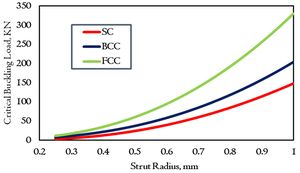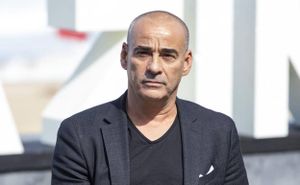NASA has officially revised the return plans for astronauts Sunita Williams and Butch Wilmore from the International Space Station (ISS), now setting their homecoming for March 19, 2025. This marks a significant shift from the previously planned early April return date, largely due to delays surrounding the launch schedule of SpaceX’s Crew-10 mission. Williams and Wilmore have been aboard the ISS for nearly ten months as part of SpaceX’s Crew-9 mission, and their return is seen as integral to maintaining operational continuity on the station.
The astronauts were initially set for a week-long mission, which began with their launch aboard Boeing’s new Starliner capsule on June 5, 2024. Technical difficulties with this spacecraft—including propulsion system issues and helium leaks—caused significant delays. Consequently, their return was postponed indefinitely until new arrangements could be made for their replacements to arrive.
NASA's established protocols dictate the Crew-9 spacecraft must remain docked at the ISS until the incoming Crew-10 mission arrives. This structured transition process allows the outgoing astronauts to brief their replacements on the station's operations and current scientific endeavors, ensuring no disruption in continuity.
Williams, speaking during an interview with CBS News, expressed confidence and reassurance, stating, “I don't think I'm abandoned. I don't think we're stuck up here. We've got food. We've got clothes. We have a ride home in case anything really bad does happen to the International Space Station.” Her perspective reflects the sense of teamwork and collaboration inherent to their mission, highlighting the value of the scientific research being conducted aboard the ISS.
Williams’ comments were aimed at addressing concerns raised by former President Donald Trump, who claimed the astronauts were stranded. NASA officials, supportive of both Williams and Wilmore, have confirmed their well-being throughout the extended stay. The agency emphasized their mission was never about neglect or abandonment but rather complications related to spacecraft technicalities.
The delay was largely attributed to the Crew-10 mission, initially slated for departure earlier this year but pushed back due to technical issues with the Dragon capsule. With Crew-10 now set for launch, the Crew-9 astronauts’ return can be planned, taking advantage of the capsule’s docking schedule.
During their extended stay, Williams and Wilmore contributed to significant research projects, carrying out numerous experiments, including microgravity studies and technology demonstrations for future missions to the Moon and Mars. Their continued presence on the ISS has allowed for continuous scientific output, echoing NASA's aim for offshore world-class research.
Constructing upon their responsibilities, Williams successfully completed her eighth spacewalk recently, addressing overdue maintenance tasks and gathering samples for analysis. This hands-on experience not only keeps the station operational but also enriches the scientific database for future explorations.
The significance of NASA’s protocols is underscored by the importance of these transitions. The agency prepares incoming astronauts for their new environment by ensuring they are fully briefed on the experiments and maintenance tasks already underway. This preparation aids the smooth operation of the ISS and enhances the quality of the research being conducted.
While the situation surrounding their extended mission drew political scrutiny and commentary, the reality remains focused on the astronauts’ safety and commitment. Williams reiterated the honor of conducting impactful research during her extended stay, saying, “We feel like we're part of the team, and that's a huge honor.”
Looking forward, the upcoming return of Williams and Wilmore not only signifies the end of their extended mission but also marks another chapter for NASA's efforts to maintain human presence aboard the ISS. The astronauts will return along with their crewmates, ensuring everyone involved is thoroughly prepared for their transition back to Earth.
Navigational challenges continue to be a part of space exploration, especially with the technological evolution of commercial spacecraft like Boeing's Starliner. NASA's adjustments to mission schedules highlight their commitment to safe operations and efficient crew management. Both Williams and Wilmore will be back home sooner than originally anticipated, allowing them to share their extensive experiences accumulated during their remarkable tenure aboard the ISS.
NASA’s careful planning and execution serve as reminders of the resilience required to manage space missions effectively, preparing for both expected and unforeseen challenges. The planned March return is not only about getting Williams and Wilmore back home but ensuring they bring with them the rich insights gathered from their extended mission, continuing the human spirit of exploration.



